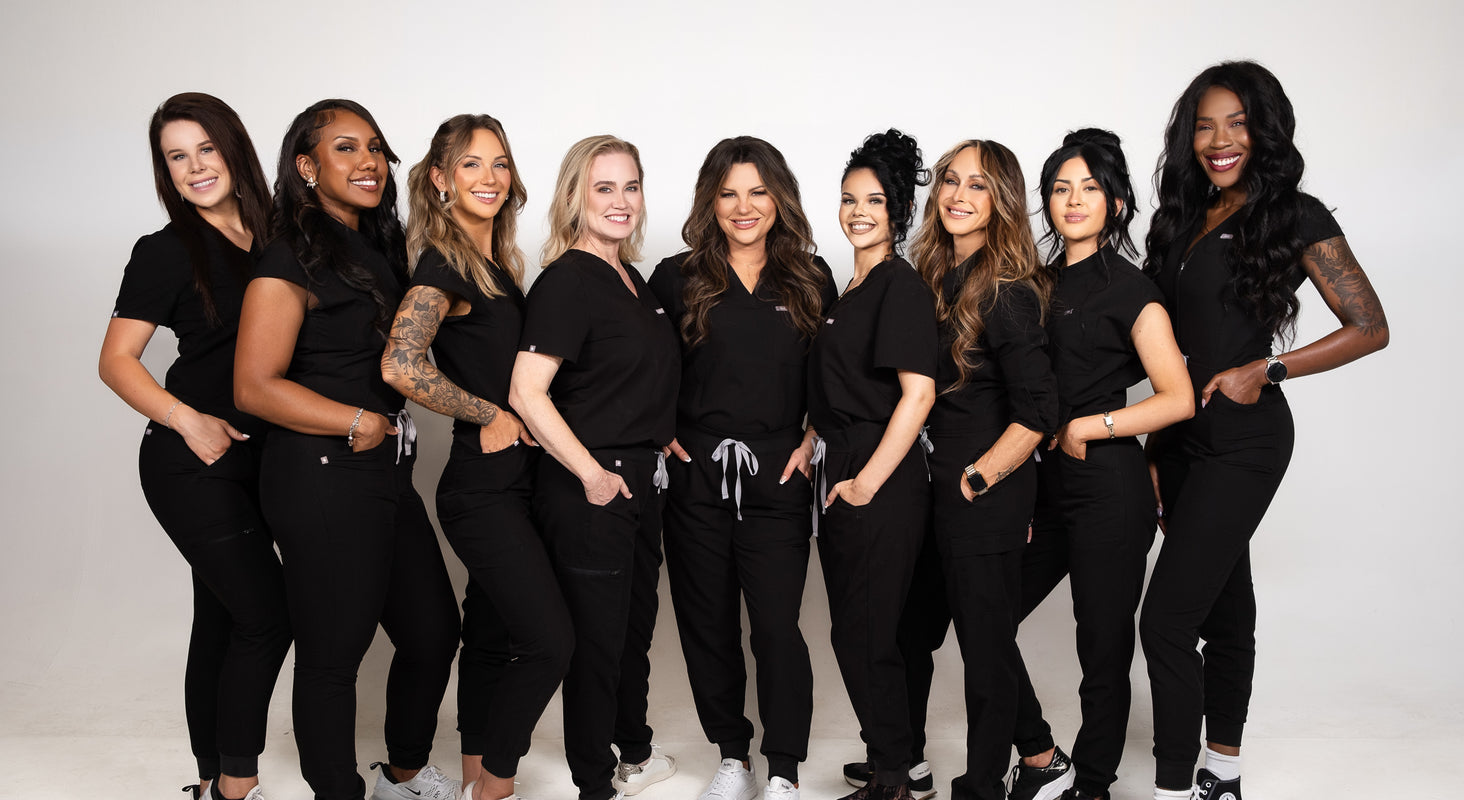
Why Regenerative Treatments Are the Next Big Thing in Medical Aesthetics
Share
In the ever-evolving world of aesthetic medicine, regenerative treatments have emerged as a powerful, patient-preferred option. These modalities harness the body’s own natural healing and renewal processes to rejuvenate skin and soft tissue—offering results that are subtle, long-lasting, and holistic.
If you’re an aesthetic practitioner looking to expand your services with cutting-edge, biologically driven therapies, here are some of the most sought-after regenerative treatments you should consider—and why they make excellent additions to your practice.
Featured Regenerative Treatments and What They Do
Platelet-Rich Plasma (PRP)
PRP therapy uses concentrated platelets derived from the patient’s own blood, rich in growth factors that stimulate collagen production, tissue repair, and cell regeneration. It’s commonly used for skin rejuvenation, scar treatment, and hair restoration.
Platelet-Rich Fibrin (PRF)
An advanced evolution of PRP, PRF includes a fibrin matrix that allows for slower release of growth factors, enhancing healing over a longer period. This makes it ideal for facial rejuvenation and improved skin texture.
Polydeoxyribonucleotide (PDRN)
PDRN is a nucleotide-based injectable derived from DNA fragments. It promotes skin repair by stimulating fibroblast activity and improving microcirculation, leading to better skin elasticity and hydration.
Polynucleotides (PN)
Similar to PDRN, PN injectables contain DNA fragments that support tissue regeneration, collagen synthesis, and anti-inflammatory effects. They help address fine lines, pigmentation, and skin laxity.
Platelet-Derived Growth Factor (PDGF)
PDGF is a key growth factor involved in wound healing and cell growth. Injectable PDGF therapies encourage dermal repair, making them excellent for scar revision and skin revitalization.
Biostimulators (e.g., Sculptra®, Radiesse®)
Biostimulators work by stimulating the body to produce new collagen over time, rather than just filling wrinkles. Treatments with products like Sculptra and Radiesse improve volume loss and skin firmness with natural-looking, gradual results.
Carboxytherapy
This minimally invasive treatment delivers controlled doses of carbon dioxide gas beneath the skin, boosting oxygenation and circulation. It’s effective for reducing cellulite, improving skin elasticity, and promoting localized fat metabolism.
Peptides (e.g., biomimetic peptides for skin rejuvenation)
Peptides are short chains of amino acids that act as signaling molecules in skin cells. Biomimetic peptides mimic natural peptides to stimulate collagen synthesis, reduce inflammation, and improve skin texture and tone.
Why These Treatments Are Highly Desired
-
Natural Results: Unlike traditional fillers that offer immediate but sometimes unnatural volume, regenerative treatments work with the body’s biology to create gradual, subtle improvements that last.
-
Holistic Appeal: Patients increasingly seek treatments that support overall skin health and renewal, not just cosmetic fixes. Regenerative modalities feel more aligned with wellness and longevity.
-
Versatility: From smoothing fine lines and improving texture to addressing scars, pigmentation, and even hair thinning, these treatments cover a broad range of patient needs.
Why Practitioners Should Incorporate Regenerative Aesthetics
-
Expanded Service Menu: Offering advanced regenerative therapies sets your practice apart in a competitive market.
-
Repeatable Treatments: Many protocols require multiple sessions or maintenance, encouraging ongoing patient engagement and loyalty.
-
Premium Pricing Potential: Specialized biologic treatments can command higher fees, boosting your profitability—especially when bundled with complementary services.
-
Professional Differentiation: Staying ahead with regenerative modalities establishes your clinic as a leader in patient-centric, innovative care.
Overcoming the Educational Gap
Despite rising demand, many providers struggle with the technical aspects of these treatments. Challenges include:
-
Proper processing and handling protocols (e.g., centrifuge settings for PRP/PRF).
-
Correct dosing and preparation of nucleotide-based injectables.
-
Safe and effective delivery of carboxytherapy and peptide serums.
-
Integrating regenerative treatments with traditional injectables and skincare.
Comprehensive training that combines theoretical science—like growth factor biology—with practical skills will give you a confident edge and ensure optimal patient outcomes.
Earnings Potential: What You Can Expect
While exact figures vary by location and practice type, here’s a rough idea:
-
PRP and Carboxytherapy: $300–$900 per session depending on treatment area.
-
Nucleotide Injectables (PDRN, PN, PDGF): Typically premium-priced due to their specialized nature.
-
Biostimulators (Sculptra®, Radiesse®): Often priced similarly or higher, with repeat visits for best results.
Even moderate client volume can significantly enhance your revenue stream with these in-demand treatments.
The Future Is Bright for Regenerative Aesthetics
The aesthetic industry is moving toward treatments that are:
-
Science-backed and minimally invasive.
-
Focused on natural, gradual rejuvenation.
-
Widely accepted by both patients and providers as primary care options.
Innovation continues with new peptides, nucleotide formulations, and delivery technologies entering the market—making regenerative aesthetics a forward-thinking investment for your practice.
In Summary
Regenerative aesthetic treatments offer a compelling combination of natural results, versatility, and strong business potential. Mastering these biologic therapies not only elevates your practice but also meets the growing patient demand for holistic, science-driven care. Addressing the education gap with targeted training will empower you to deliver safe, effective treatments that keep clients coming back—and set your clinic apart in the competitive aesthetic landscape.
